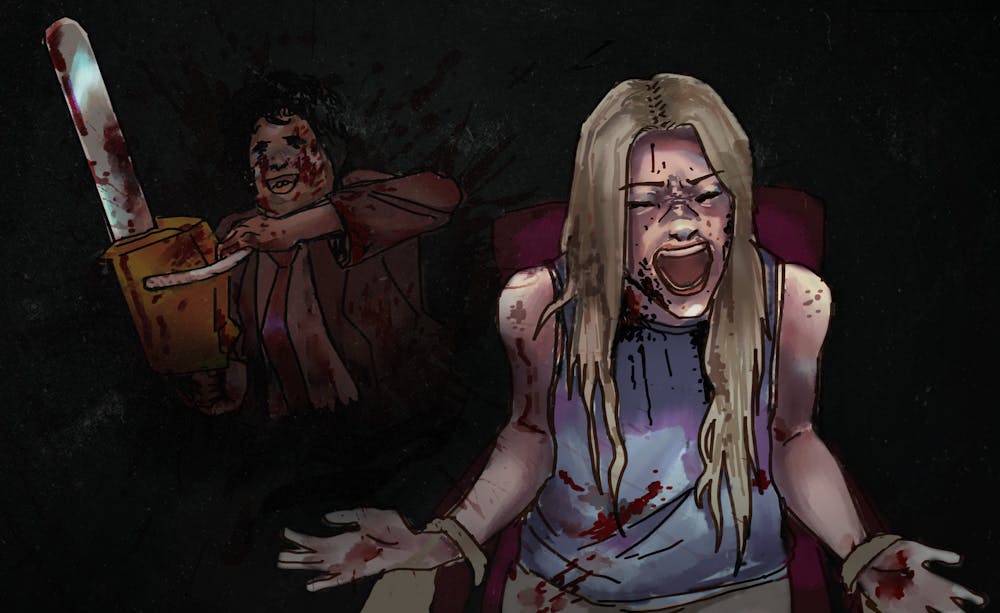Even 50 years later, "The Texas Chain Saw Massacre" remains one of the most terrifying and sinister horror films ever made.
Released in October of 1974, Tobe Hooper's low-budget horror classic details the unbecoming of a young friend group who stumble across a house of cannibals. The film is loosely based on Ed Gein, a famous serial killer and body snatcher of the 1950s.
Growing up, horror movies were a foreign, unappealing concept to me. My typical October consisted of Charlie Brown’s Halloween special and candy corn. The only guaranteed terror I faced that month was the inevitable defeat of my beloved Atlanta Braves.
That was until I decided to watch "The Texas Chainsaw Massacre" this past October. Not since Gwen Stacy’s death in "The Amazing Spider-Man 2" had something so brutal and unfair consumed me. I was appalled, but I couldn’t stop thinking about what I had seen.
The film instantly barrages you with uncomfortable imagery by means of human remains and desecrated corpses, leaving a palpable odor on the screen. Hooper ensures he activates more than the expected senses, resulting in a gag inducing end product.
The viewer is then thrown right into the back of the tiny, claustrophobic van the characters depart in, present for whatever nightmare awaits them. It is a blistering hot summer day and just as in every iconic summer film, the heat in "The Texas Chainsaw Massacre" is not a footnote, but a mood-setter.
The film was shot in the 110-degree Texas heat on fine 16mm film that required an excessive amount of light, resulting in a gritty, grimy feel to each frame. This leaves the film’s atrocities bare for all to see; there are no shadows for killers to sneak up under.
Upon stopping at a nearby house for gas, most of our characters meet their demise via Leatherface, a deranged, chainsaw-wielding man with human-skin sewn onto his face. The film even taunts the viewer, positioning them as an helpless bystander with an intentionally voyeuristic camera during the killings of Kirk and Pam.
Perhaps the most frightening thing about these death’s is the film's disinterest in developing any of the characters' personalities. All of the members of the friend group remain plain and unremarkable up until their death.



